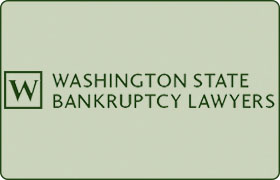Darrington Bankruptcy & Debt Lawyer, Washington
Sponsored Law Firm
-
 x
x

Click For More Info:
-
Washington Law Group, PLLC
1721 Hewitt Ave #521 Everett, WA 98201» view mapBankruptcy & Debt, Chapter 7, Chapter 13 CONTACT US FOR A CONSULTATION
Bankruptcy is unquestionably one of the most powerful financial tools on the planet. Yet, many people struggle for years before even learning how easy it can be to qualify.
800-699-2370
Not enough matches for Darrington Bankruptcy & Debt lawyer.
Below are all Darrington lawyers.
Joseph Paul Williams
Malpractice, Federal Appellate Practice, Personal Injury
Status: Suspended Licensed: 21 Years

 Jason Newcombe Seattle, WA
Jason Newcombe Seattle, WA
